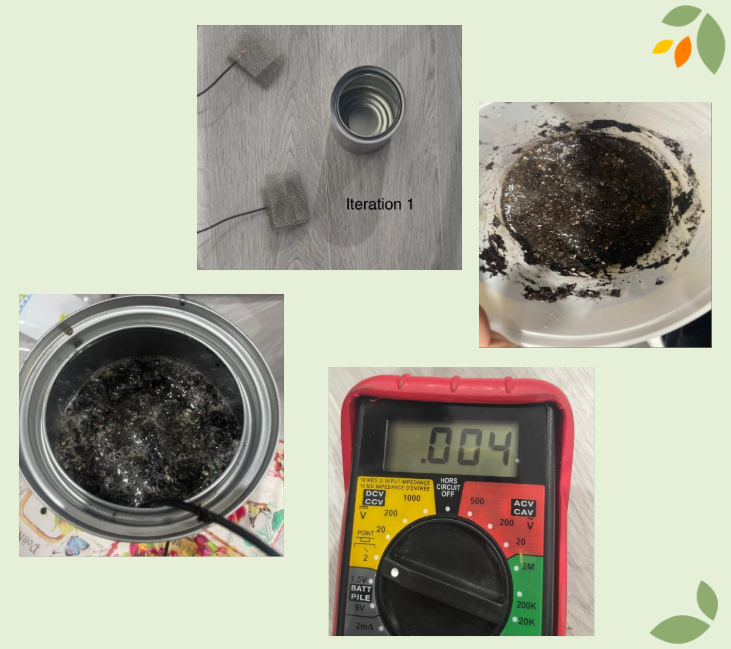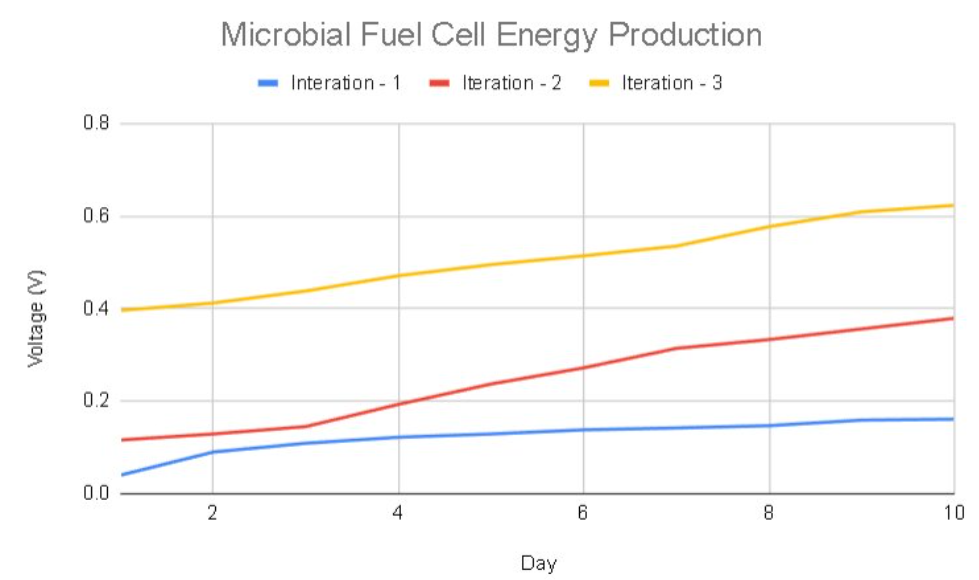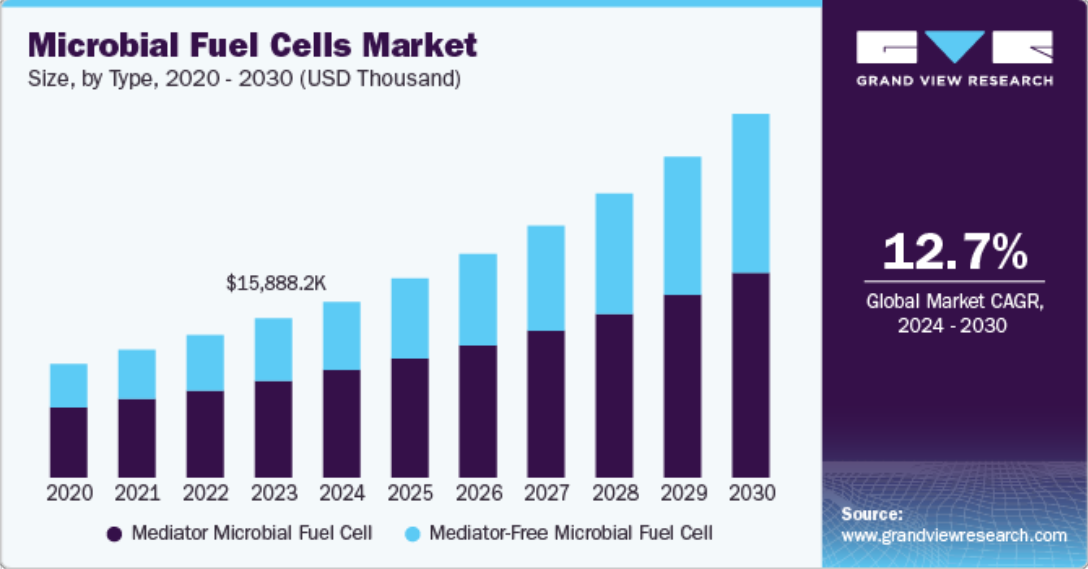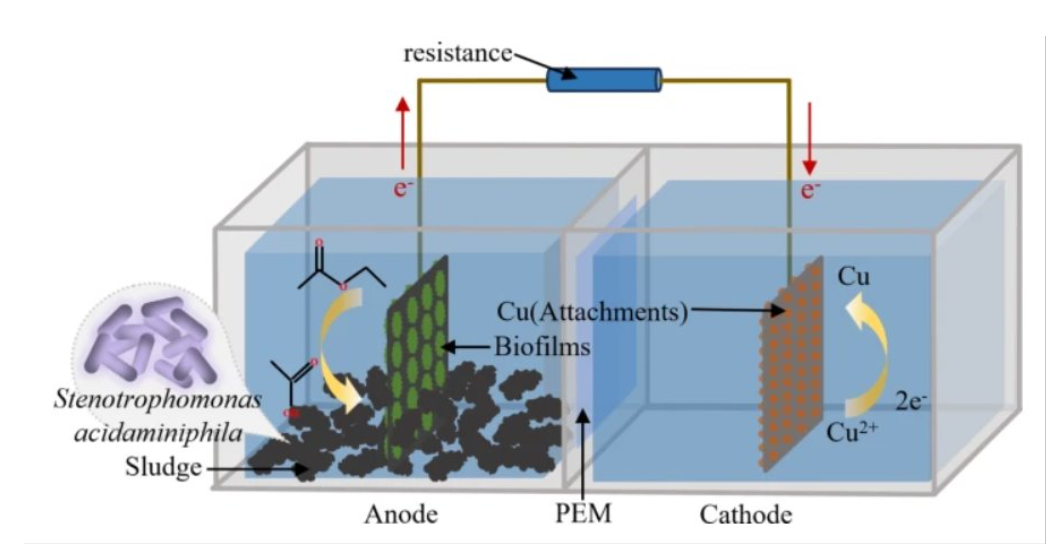Microbial Fuel Cell Technology: A Pathway to Renewable Energy in Remote Villages
Grade 9
Presentation
No video provided
Problem
Introduction
Access to a reliable electricity supply remains the significant stumbling block in the majority of remote, poverty stricken areas of the world. Traditional forms of energy such as fossil fuels and extensive power grids, are either not affordable, suffer from infrastructural constraints, or are ecologically not feasible. Microbial Fuel Cells (MFCs) have emerged as a promising and sustainable resolution to this issue.
MFCs are bio-electrochemical systems that generate electricity by harnessing the metabolic processes of microorganisms. Microorganisms break down organic material—anything from wastewater to crop residues to food scraps—releasing electrons that can be recovered to produce usable electricity. Not only is this a sustainable energy source, but it also serves as a low-cost easy way to provide electricty.

Image taken from ourworldindata.org. This number is increasing rapidly due to immense global warming and climate change issues
Solution
Our projects purpose is to build a low-cost effiecent MFC that can be implemented into remote villages and areas. This innovation project focuses on using budget friendly material to provide a unqiue and renewable source for solving the low energy crisis.
Background Information
What are Microbial Fuel Cells?
A microbial fuel cell is a bio-electrical system that converts chemical energy into electrical energy. This is because the reactions catalyzed by microorganisms result in electrical energy.
-
A microbial fuel cell contain an anode, and a cathode used to flow electricity throughout the machine
-
Bacteria thrive and multiply on the anode, generating a dense cell accumulation called biofilm that sticks to the anode of the microbial fuel cells
-
Bacteria then use their microbial metabolism to transform organic substrate into CO2, electrons, and protons
Image taken from Tamilarasan S. Represent a visual diagram of how an MCF works.
Parts of a Microbial Fuel Cell
- Anode – Is the positively charged electrode where electricity moves into
- Cathode – Is the negatively charged electrode where electricity leaves
- PEM – (Proton Exchange membrane) Is designed to conduct protons while acting as an electronic insulator and generally made from ionomers which selectively transports protons from anode to cathode
- Substrate – The substrate is the organic material that the microbes consume to generate energy. The microbes break the substrate down and release protons, electrons and CO2
- Microbes – Is the substance that breaks down the substrate, releasing electrons, protons, and CO2
- Electrolyte – Supports the growth of microbes by providing a liquid environment. Conducts ions between anode and cathode chambers to maintain a charge balance throughout the process of producing electricity
- Aeration Device – Is used to supply the cathode with oxygen which improves the cathode reaction rate, enhancing the overall power output of the fuel cell.
- External Circuit – Allows electrons to flow from the anode to the cathode, generating an electric current. Consists of conductive wire, resistor and a Multi-Meter
History of Microbial Fuel Cells
-
Microbial Fuel Cells have been around since the early 20th century.
-
Initially, M.C. Potter designed the first microbial fuel cell in 1911, it wasn't refined and lacked attention, he ultimately scrapped the design.
-
The MFC regained attention in the 1970s, with studies and tests being held.
-
We want to make MFC's affordable and design MFCs that can be made in a bigger scale for remote villages.
Why Microbial Fuel Cells
-
MFCs offer great promise for the future, as they can generate electricity while resolving environmental issues
-
Their versatility makes them very suitable for use in both urban and rural locations, especially those with limited electricity (Rural Villages)
-
Unlike fossil fuel-based traditional power generation system, MCFs emit a small amount of greenhouse gas
Method
Planning:
Created a model that is sustainable and efficient, it uses low cost materials and can be easily assembled.

Materials
-
Two containers (anode and cathode chambers) - 2 tins
-
Anode and Cathode Electrodes - Steel Mesh
-
Proton Exchange Membrane (PEM) - Diffusion
-
Conductive Wire – Copper Wire
-
Microbial Culture (Bacteria) - Mud
-
Water
-
Activated Carbon Powder
-
Glue
-
Alligator Clips
-
Multimeter
Iteration - 1
Includes:
-
Steel Mesh with no charcoal powder
-
Ratio of Water to soil = 80:20
-
Only 1 machine

Iteration - 2
Includes:
-
Steel Mesh with little charcoal powder
-
Ratio of Water to soil = 60:40
-
Only 1 machine
-
Cathode height increased for more contact with air

Iteration - 3
Includes:
-
Steel Mesh with a lot of charcoal powder
-
Ratio of Water to soil = 60:40
-
2 machines
-
Cathode height increased for more contact with air

Analysis
Microbial Energy Production graph for all three variations

Analysis
- Overview: Graph shows voltage output over 10 days for three MFC iterations.
- Key Trends:
- All iterations show an increasing voltage trend over time.
- Iteration 3 (Yellow): Highest and most efficient voltage output.
- Iteration 2 (Red): Moderate performance, better than Iteration 1.
- Iteration 1 (Blue): Lowest voltage output, least efficient.
- Conclusion: Design improvements led to higher energy production, with Iteration 3 being the most optimized due to usage of materials such as activated carbon powder and 60:40 water to soil ratio
Complications
Although microbial fuel cells offer an eco-friendly, and simple way of generating electricity, multiple problems can arise.
- One of which being the fact that microbial fuel cells don't have the ability to produce much electricity. This can be resolve by making them at a much larger scale, but this means that more maintenance is required with it being costlier.
- Another issue could be the low energy production due to less nutrients in the villages mud or food waste. Because of this the MCF cannot be fully utilized, providing less electricity to the village
Increasing Energy Production
-
When using MFCs, it is important to pick an environment that has CO₂ available.
- Using carbon capture methods like Post-Combustion Capture, Oxy-Fuel Combustion, and Direct Air Capture, we can collect CO₂ for the MFC, producing more energy.
- CO2 regulates the pH and microbial metabolism:
- pH regulation: A controlled pH can enhance proton availability and proton exchange across the membrane.
- Microbial Metabolism: Some bacteria can utilize CO₂ in metabolic ways, which might indirectly enhance their electron transfer efficiency. In systems with methanogenic bacteria, CO₂ can be used in methane production, which competes with electricity generation.
Conclusion
Why is our technology better than existing solutions?
Our MFC:
- Our MFC is fully built form low-cost materials, making them more accessible for third world countries.
- The design we made uses carbon capture methods to boost the MFC, this reduces CO2 in the air and generates more energy.
- This method is harnessing electricity is sustainable because it uses dirt that can be found anywhere.
- Our MFCs have a big range when it comes to power generation, using just one fuel cell at a small scale can generate as little as 1V and using more can increase the electricity generated.
- MFCs have a long lifespan, bacteria regenerates continuously meaning that MFCs don’t run out.
- MFCs operate at room temperature, which makes it a better option as it doesn't require high temperatures like most fuel cells.
Other solutions:
- Other solutions often use toxic and hazardous materials.
- Most have slow infrastructure growth and are not widely available.
- Other solutions have high carbon emissions with most requiring fossil fuels.
Implementing MFC's in our world
- MFCs can change the face of renewable energy through converting organic wastes into electricity with the purpose of aiding communities where electricity is in short supply.
- Most importantly, these devices will be useful in Sub-Saharan Africa, Southeast Asia, and South America, where production of organic wastes is high while infrastructure is not well advanced.
- Because this technology transforms waste into energy, it increases recycling rates, decreases pollutants, and in the process, minimizes greenhouse gas emission.
- MFCs can be integrated with other renewable energy sources such as solar and water aiming at the development of hybrid systems that are capable and reliable. As well as, performing other tasks such as water purification.

Image taken from Grand View Reserach. Showcases the Microbial Fue Cell market up to 2030

Image taken from Nature:Scientific Reports . Showcases an example of a duel Microbial Fuel Cell system with wastewater being used as an energy source while being purified
Conclusion
With the information that we collected and the models we built, we can conclude that microbial fuels are steady and efficient way of energy production. Advancements in electrode materials, bacterial culture, and system designs will be crucial in enhancing efficiency and reliability. They hold a great promise for the future remote areas, producing just enough energy for small areas. With continued research and development, MFCs have a potential to completely change energy production, contributing to a more sustainable future and creating new opportunities.
Citations
- https://pmc.ncbi.nlm.nih.gov/articles/PMC8088421/
- https://fabe.osu.edu/mfcfacts
- https://letstalkscience.ca/educational-resources/stem-explained/microbial-fuel-cells
- https://www.energy.gov/energy-sources#:~:text=Primary%20energy%20sources%20take%20many,%2C%20solar%2C%20geothermal%20and%20hydropower.
- https://afdc.energy.gov/fuels/electricity-production
- https://www.sciencedirect.com/science/article/pii/S2588912523000279#:~:text=Microbial%20fuel%20cells%20generate%20bioelectricity,release%20of%20electrons%20and%20protons
- https://cosmosmagazine.com/science/biology/researchers-close-in-on-harnessing-electricity-from-bacteria/
- https://www.sciencedirect.com/topics/biochemistry-genetics-and-molecular-biology/microbial-fuel-cell
- https://pmc.ncbi.nlm.nih.gov/articles/PMC8088421/
- https://www.nature.com/articles/s41598-024-74856-w
- https://www.youtube.com/watch?v=bECIaInLmRw
- https://www.youtube.com/watch?v=Nm_wkrIPW7E
- https://www.youtube.com/watch?v=zmbCQei6P4Q
- https://www.youtube.com/watch?v=su6PfYeMrsI
- https://www.grandviewresearch.com/industry-analysis/microbial-fuel-cells-market-report
- https://www.alliedmarketresearch.com/microbial-fuel-cell-market-A17181
- https://www.rootsanalysis.com/microbial-fuel-cell-market
- https://dianapham34.wixsite.com/microbialfuelcells/history
- https://bioresourcesbioprocessing.springeropen.com/articles/10.1186/s40643-016-0116-6
- https://illumin.usc.edu/microbial-fuel-cells-generating-power-from-waste/
Acknowledgement
We would like to give a special thanks to Ms. Bretner, science fair teacher at STEM Innovation Academy, for her feedback, and to ournparents for immense support throughout this whole journey


